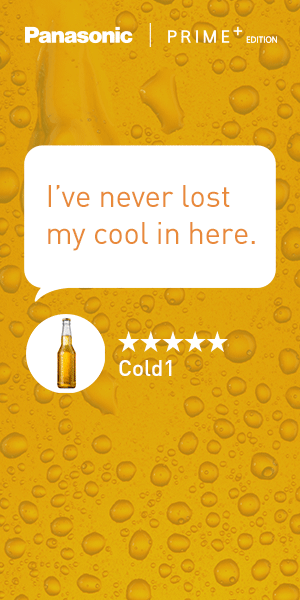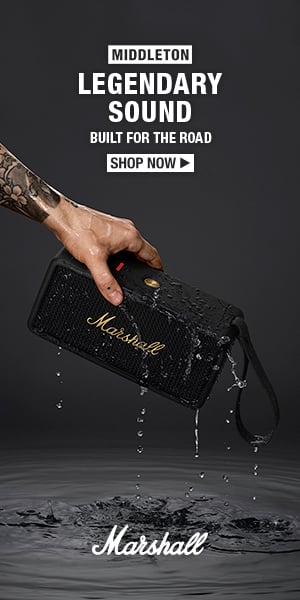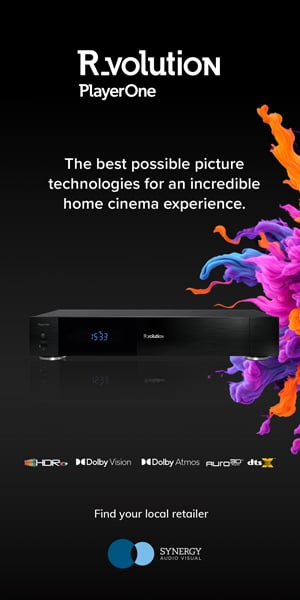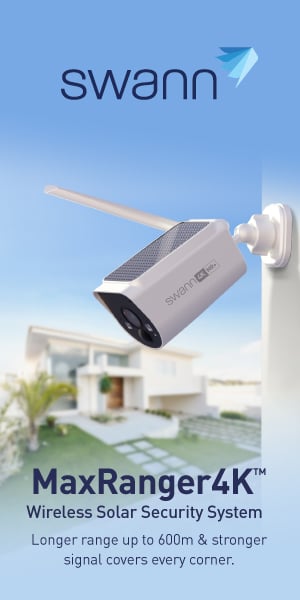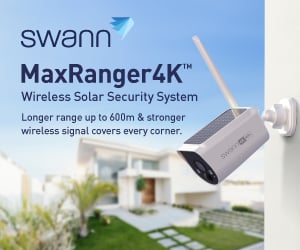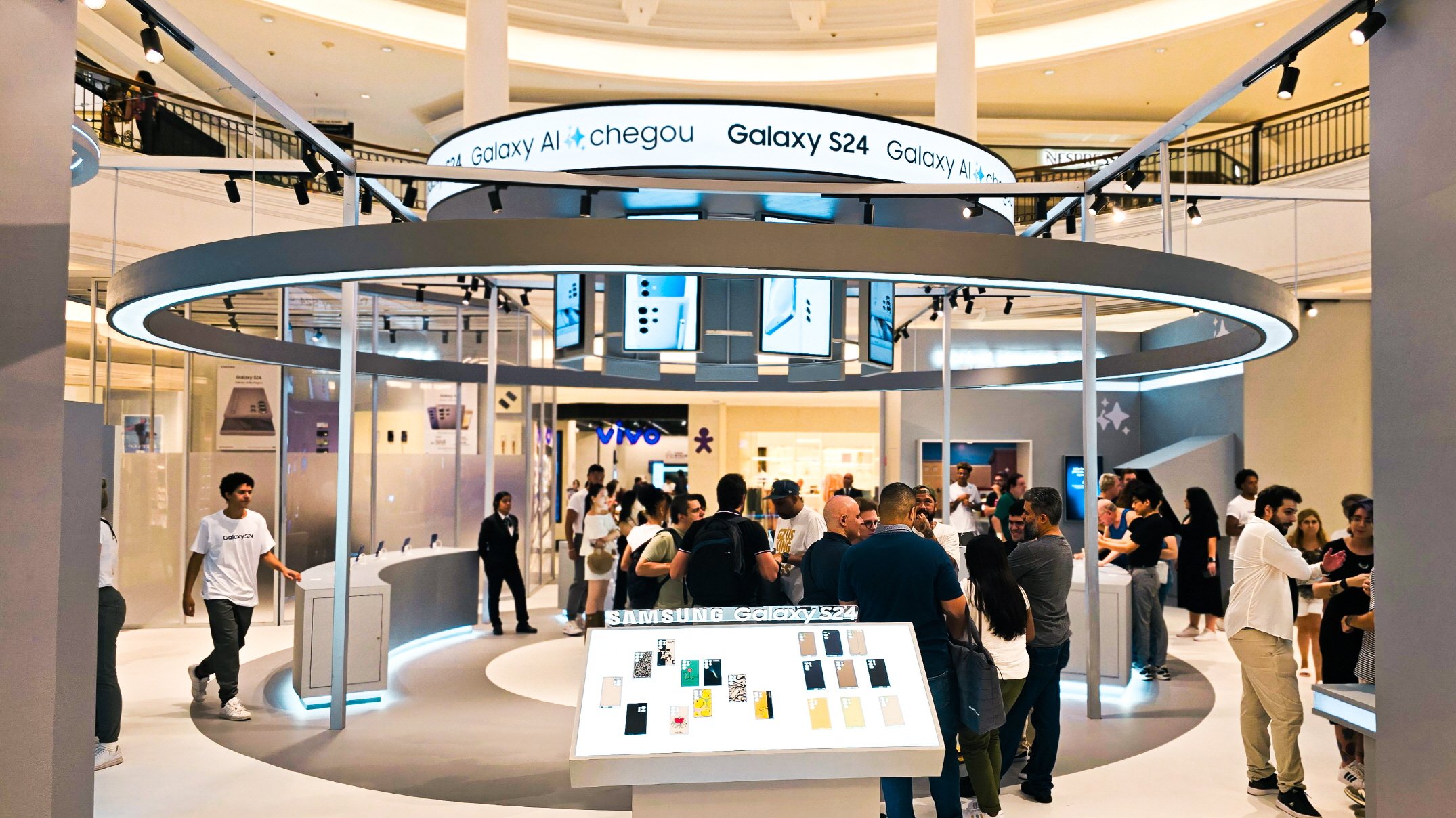Smart Home Technology Booming, Door Monitoring + Security Cameras Proving Popular
Claims by D-Link earlier this week, that sales of their smart home products such as energy monitors and security cameras was booming in Australia has been supported by the NDP Group who said that overall sales grew 57% in 2016.
Devices such as smart door entry monitors similar to the Ring product that was launched late last year by JB Hi Fi, have grown 171% in value and 26% in volume.
Security and monitoring products once led the category, making up over 60 percent of dollar share.
The market research firm said awareness levels of smart home devices have fluctuated, but cited the smart doorbell as a category that witnessed growth in both awareness and ownership. Ownership of smart doorbells inched up 2 percent while awareness grew 4 percent.
Networked video cameras, meanwhile, led as the most commonly found product in smart homes. Nearly one-third of smart homes owned a networked video camera, and demand for multipacks of IP cameras grew 129 percent in dollar sales for the year.
“Network cameras have long been considered the entry point into the smart home, but growing demand for items sold in sets shows that the market is maturing,” said Ben Arnold, executive director, industry analyst for The NPD Group. “We fully expect the next two years will see a broadening appeal of smart-home devices and estimate that the category will nearly double in that time.”
Voice command is also becoming more commonplace in smart homes, with nearly half of these homes using voice commands in some manner, and one-quarter using them to control a home-automation device. Siri was the most commonly used digital assistant.
According to John Buffone, executive director, industry analyst, NPD Connected Intelligence, one in five Amazon Echo owners in the USA use the device to control another device in their home.
NPD’s survey, fielded Oct. 10-20, 2016, is based on consumer panel research that reaches over 5,600 consumers who regularly shop.














